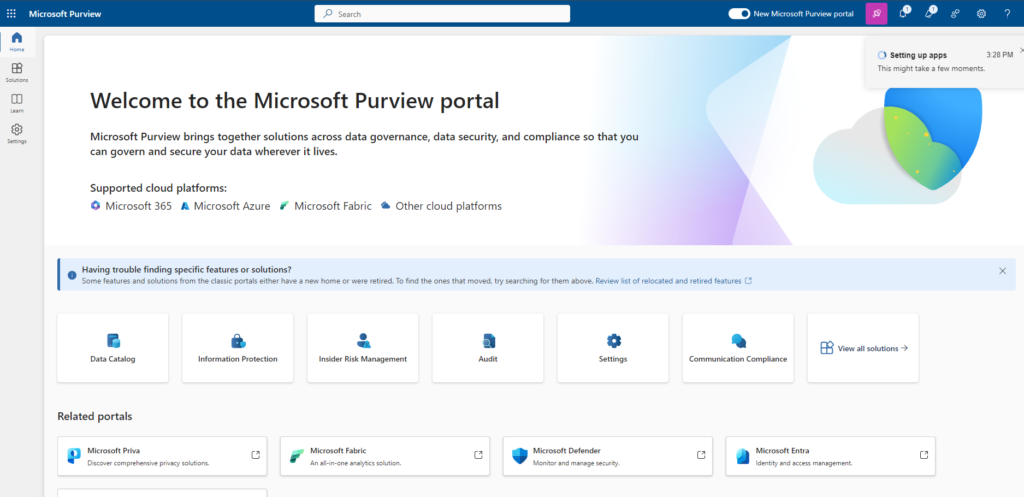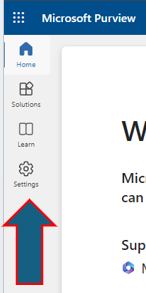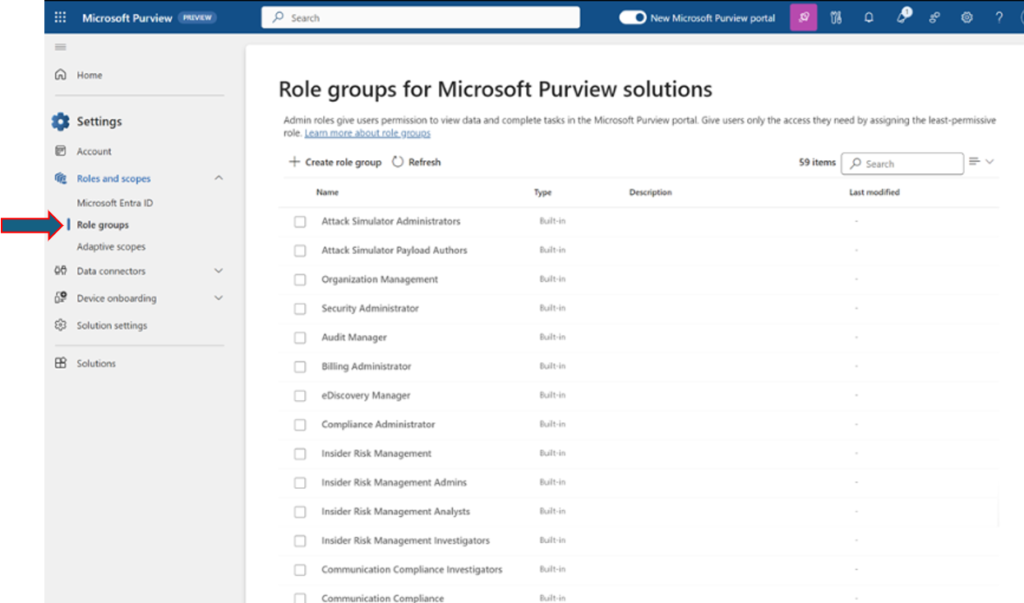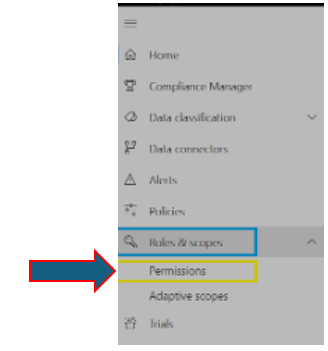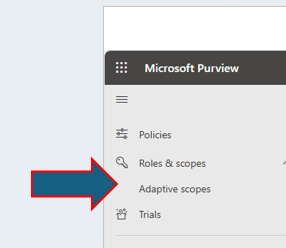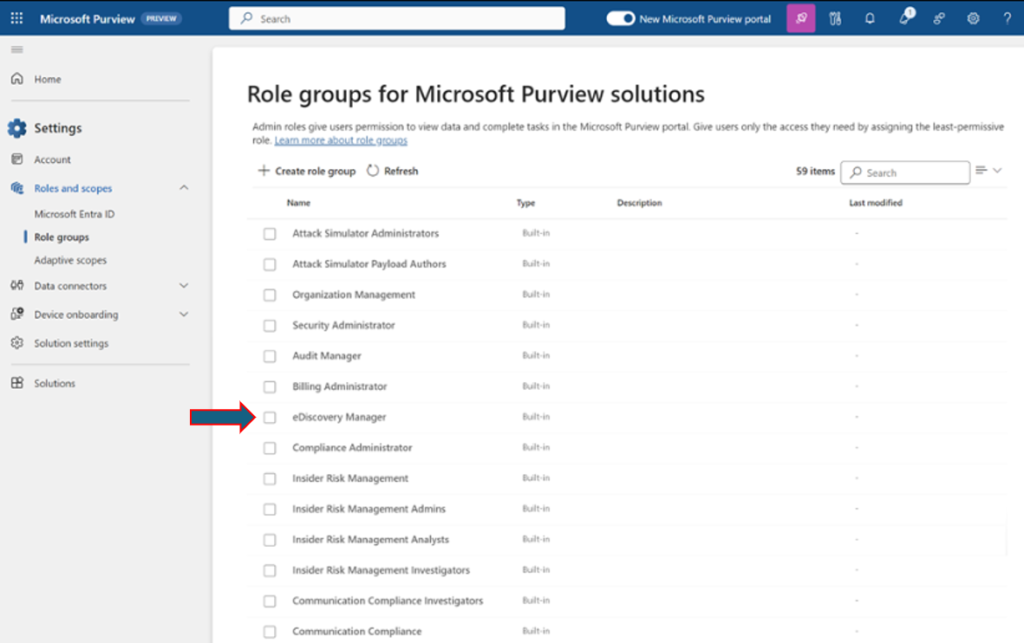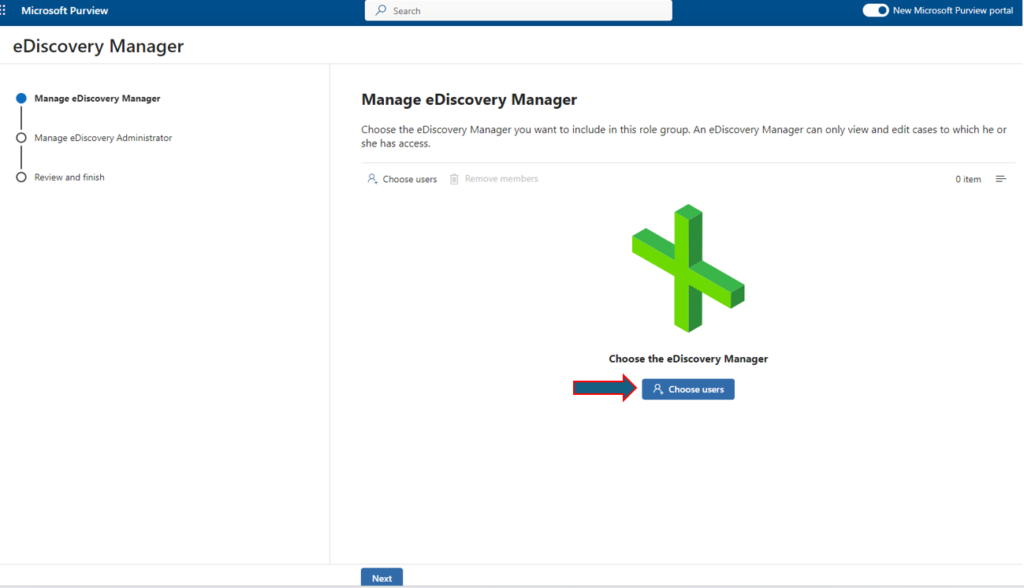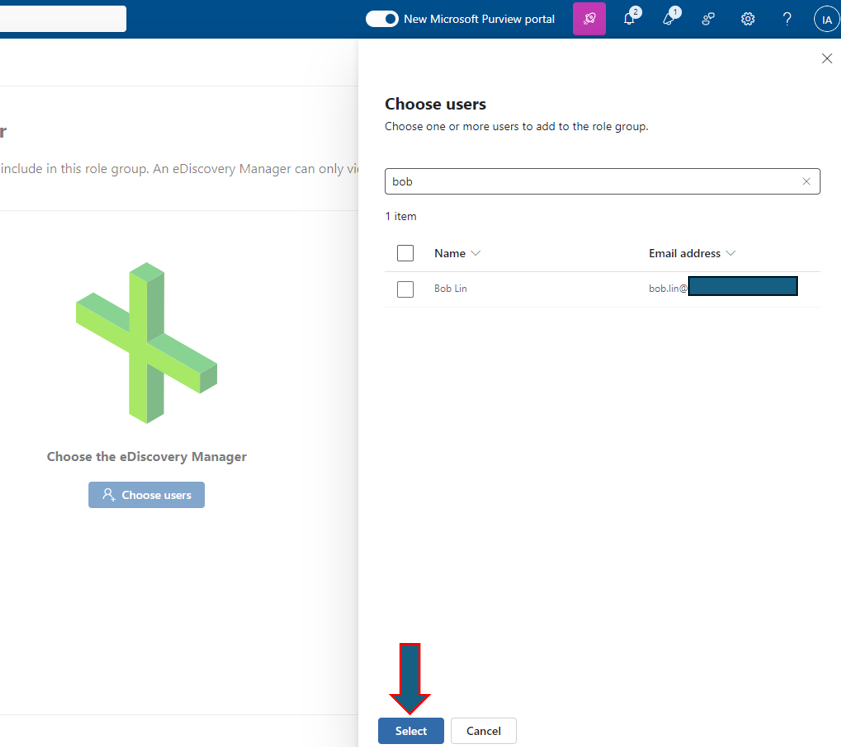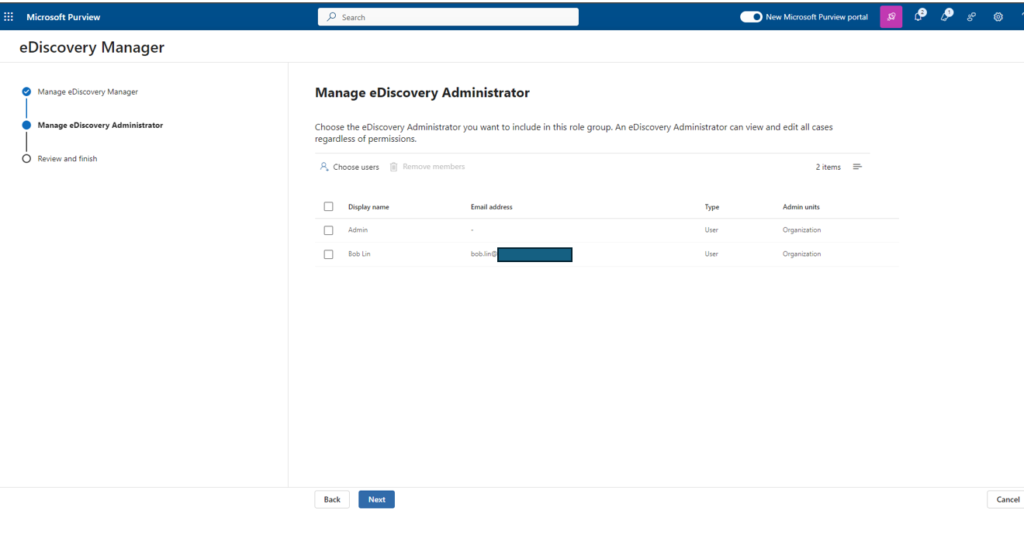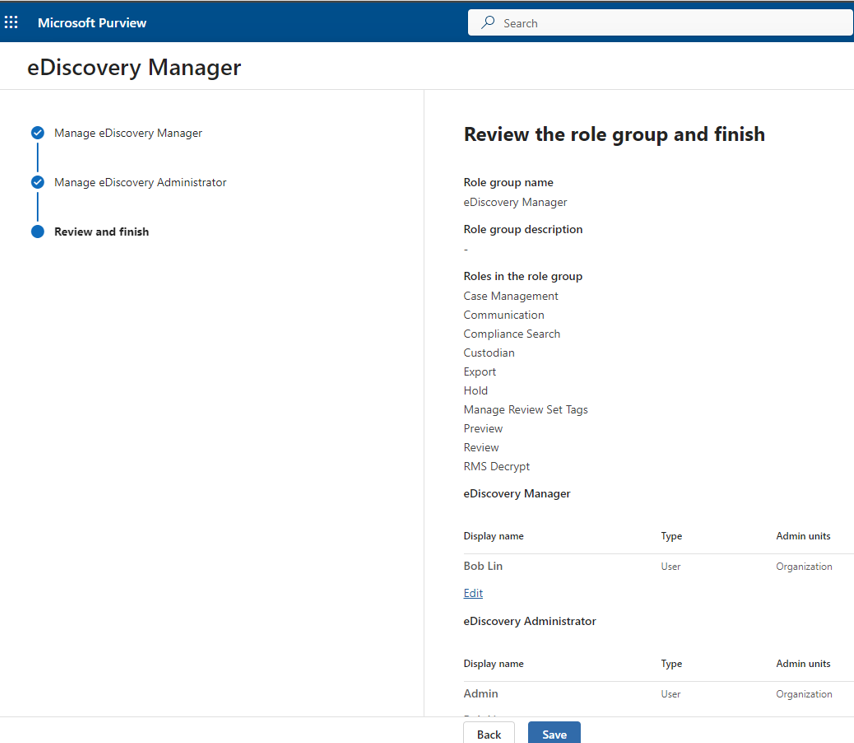In Exchange, some logs can be manually deleted without shutting down the server, but it’s important to know which logs are safe to delete and which are critical for system operation. Here’s a breakdown of the types of logs and which ones can be safely deleted:
1. IIS Logs (Safe to Delete)
- Location:
C:\inetpub\logs\LogFiles - Purpose: These logs track client requests and server responses for the web-based services in Exchange, such as OWA (Outlook Web App).
- Safe to Delete: These can be safely deleted as they are purely informational. Deleting them will free up space, but they will be recreated as new logs.
2. Exchange Message Tracking Logs (Safe to Delete)
- Location:
C:\Program Files\Microsoft\Exchange Server\V15\TransportRoles\Logs\MessageTracking - Purpose: These logs provide detailed information on email traffic (who sent, who received, time, etc.).
- Safe to Delete: You can delete these logs, but they are useful for troubleshooting mail flow issues. If you’re running low on space and don’t need them, you can safely remove older logs.
3. Exchange Protocol Logs (Safe to Delete)
- Location:
- Transport logs:
C:\Program Files\Microsoft\Exchange Server\V15\TransportRoles\Logs\ProtocolLog\SmtpSend - Receive logs:
C:\Program Files\Microsoft\Exchange Server\V15\TransportRoles\Logs\ProtocolLog\SmtpReceive
- Transport logs:
- Purpose: These logs track SMTP communications and are primarily used for diagnosing email issues.
- Safe to Delete: You can delete older logs if disk space is an issue, but keep in mind they are useful for diagnosing email issues.
4. Exchange Connectivity Logs (Safe to Delete)
- Location:
C:\Program Files\Microsoft\Exchange Server\V15\Logging\HttpProxy\ - Purpose: These logs track the connection between Exchange and its clients (e.g., Outlook, mobile devices).
- Safe to Delete: These logs can be deleted, though it may affect your ability to troubleshoot connection problems.
5. Diagnostic Logs (Safe to Delete)
- Location:
C:\Program Files\Microsoft\Exchange Server\V15\Logging\Diagnostics\ - Purpose: These logs store diagnostic information used to troubleshoot Exchange performance issues.
- Safe to Delete: You can safely delete older diagnostic logs to free up space.
6. Exchange Transaction Logs (Do NOT Delete Manually)
- Location: Typically found in the same directory as your
.edbdatabase files. - Purpose: Transaction logs are critical to the operation of Exchange. They store every change made to the database and are committed to the database during backups.
- Do NOT Delete Manually: Never delete these logs manually. Doing so can corrupt your database. Instead, let Exchange manage these logs by ensuring regular backups are taken. A backup process will truncate (delete) committed logs.
7. Unified Messaging Logs (Safe to Delete)
- Location:
C:\Program Files\Microsoft\Exchange Server\V15\UnifiedMessaging\voicemail\Logs - Purpose: These logs store information related to Exchange’s Unified Messaging service, such as voicemail processing.
- Safe to Delete: You can delete older logs if they are no longer needed.
Steps to Safely Delete Logs:
- Stop Affected Services (Optional): For some logs, like IIS or Message Tracking logs, you may want to temporarily stop the corresponding services before deleting the logs.
- Create a Backup: It’s always a good idea to back up any critical logs before deletion, in case they are needed later for troubleshooting.
- Automate the Process: Consider setting up a scheduled task to automatically delete old logs to prevent running into space issues again.
Logs You Should Not Manually Delete:
- Transaction Logs: Managed by the backup process and critical to Exchange functionality.
- Database Logs: Used for data integrity and cannot be manually removed without risking corruption.
If you’re low on space, you should focus on IIS logs, Message Tracking logs, Protocol logs, and other informational logs, as they are safe to delete manually.
